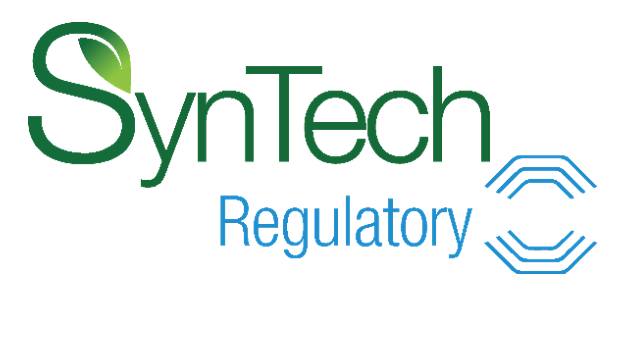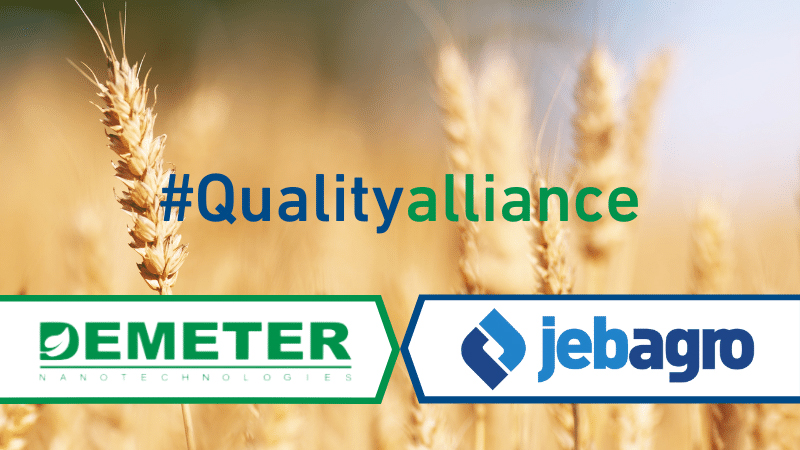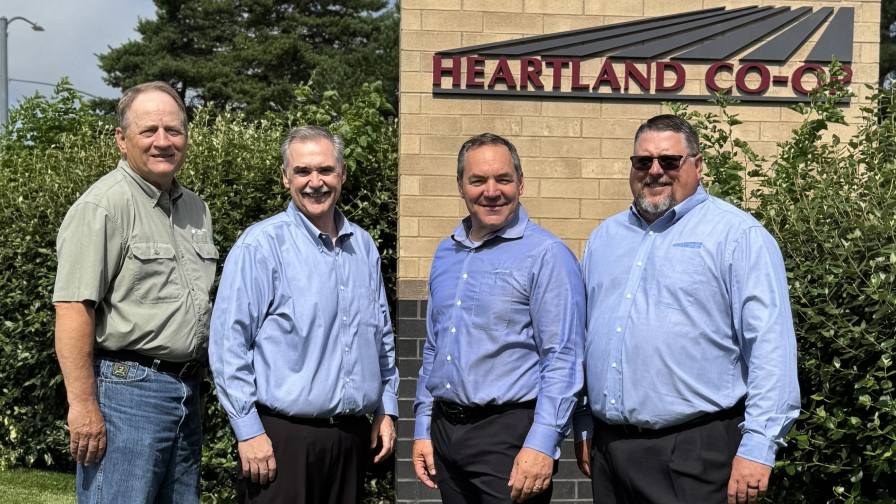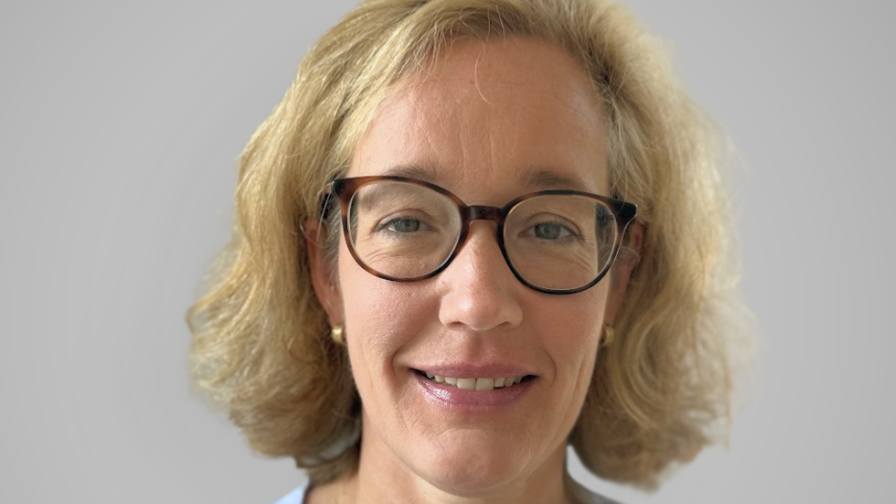Crop Protection in Emerging Markets Drives Syngenta Results
Syngenta said its full-year profit and sales climbed 14% as demand drove growth in crop protection products, notably in the emerging markets such as the CIS, where sales jumped by more than half.
The Swiss company posted $13.3 billion in total sales for 2011, up 14% or 12% at constant exchange rates. Crop protection sales for the year rose 12% to $10.16 billion on an 11% increase in volume.
Its seeds business posted a 12% sales gain to $3.2 billion for the year, as volumes rose 9% on double-digit growth in its corn and soybean sales across all regions except for Asia Pacific, hampered by an oversupply in Southeast Asia. Seed prices overall rose 3%.
“Crop prices in 2011, although volatile, continued to be supported by ongoing growth in demand. This growth is concentrated in emerging markets where our sales increased by 18% to represent just under half of the total,” Chief Executive Mike Mack said in a statement. Developed markets, by comparison, grew by only one-third of that at 6%.
Looking to 2012, Mack said that notwithstanding the current economic uncertainty, “we look forward to sustained sales growth and further market share gains. The rapid integration of our commercial teams, the success of our first integrated offers in the field and the strong momentum within the Syngenta organization increase our confidence that we will outperform in an expanding market.”
Syngenta said it expanded in the European cereals market with the launch of its Axial selective herbicide in France and Iberia. Its Callisto corn, now in the market for more than 10 years, showed good growth in all regions. In non-selective herbicides, demand for Touchdown increased, notably in Latin America with the expansion of glyphosate-tolerant crops.
Fungicides showed broad potential across crops, particularly for corn and soybean in North America and rice and vegetables in Asia Pacific.
Insecticides growth was driven by Actara on corn and soybean in Brazil and Durivo on multiple crops in Brazil and Asia Pacific. Seed care sales reflected “rapid adoption in the emerging markets” and its Cruiser seed treatment in France.
Syngenta said sales of thiamethoxam exceeded $1 billion in 2011, driven by the Cruiser product and Actara for soil and foliar application. Sales of azoxystrobin (Amistar) were $1.3 billion.
Volume momentum continued into the second half of the year, with growth in Latin America and a strong contribution from selective herbicides and seed care in North America. Pricing for the year was positive due to a marked improvement in the second half, when all regions showed higher prices.
Europe, Africa and the Middle East registered strong growth but most notably in the emerging markets, with sales in the CIS up by more than 50% and strong growth in south east Europe. Developed markets, notably France and northern Europe, also benefited from new product introductions. North America improved significantly in the second half, as volumes climbed by more than 20% and prices rose. Herbicide sales expanded, while fungicides reflected a higher rate of adoption in corn and soybean.
Latin America maintained strong volume growth and higher pricing throughout the year, driven by strong farm economics. In Asia Pacific, Syngenta says it is “at the forefront of the modernization of crop protection usage, with double digit growth in China, India and South East Asia.”
In North America, Syngenta said it increased its corn market share to around 11% as it starts to bring in more licensing revenue and make inroads in Latin America. Total sales of corn and soybean seed in Latin America surged 38%.
Separately, Syngenta announced it will propose three new members to its board of directors at its annual meeting on April 24: Vinita Bali, Gunnar Brock and Michel Demaré. Two current members, Pierre Landolt and Rolf Watter, will retire.
Source: Syngenta






